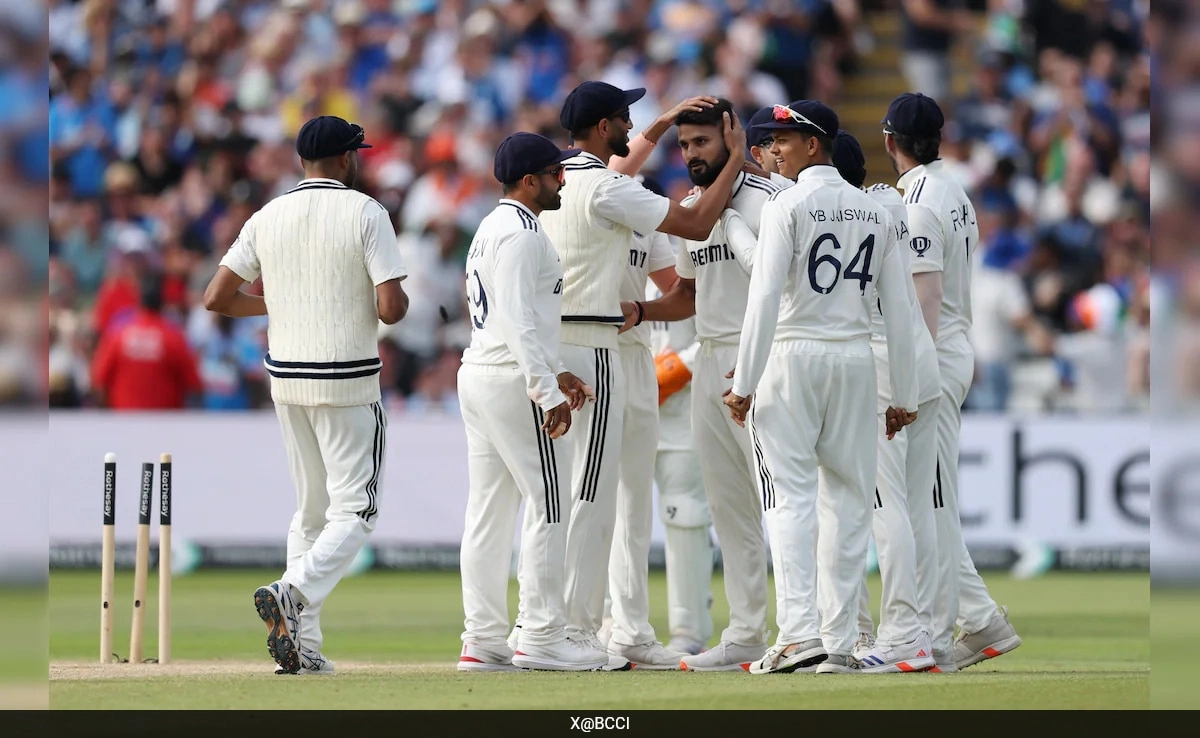In a recent discussion about the leadership dynamics within the Indian cricket team, Shubman Gill’s experience with the captaincy has sparked significant conversation. The young batter, who has been making waves with his performances, candidly acknowledged the challenges of stepping into a leadership role, particularly in the shadow of a charismatic figure like Virat Kohli. Gill pointed out that he felt a distinct difference in the aura and presence that Kohli brought to the team. This admission underscores the fact that leadership in sports often requires more than just technical skills; it demands a certain charisma and the ability to inspire teammates, qualities that Kohli has consistently displayed.
Gill’s comments highlight the reality that not all players are prepared for the demands of captaincy, especially when it comes to handling pressure and making strategic decisions on the field. He described his own approach as “reactive,” suggesting that he is still in the process of developing the proactive mindset that is often necessary for effective leadership. In cricket, where the dynamics can shift rapidly, a captain must be able to anticipate challenges and adapt strategies accordingly. This self-awareness from Gill indicates maturity and a willingness to learn, which are crucial traits for any aspiring leader in the sport.
Moreover, the comparison with Kohli serves as a reminder of the legacy that the former captain has left behind. Kohli’s aggressive style and his ability to galvanize the team have set a high standard for future leaders. As Gill navigates his own path, he must not only hone his skills but also cultivate his unique leadership style that resonates with the team. The dialogue around his leadership journey reflects a broader theme in sports—how emerging talents can learn from the experiences of their predecessors while carving their own identities.
In conclusion, Shubman Gill’s candid reflections on captaincy reveal the complexities of leadership in cricket. His acknowledgment of the challenges he faces, especially in comparison to a figure like Virat Kohli, illustrates the pressures young athletes encounter as they grow into their roles. As Gill continues to evolve both as a player and a potential leader, he embodies the ongoing journey that many athletes experience in their pursuit of excellence. This reality check could prove to be instrumental for him, guiding his development and ultimately shaping the future of Indian cricket.




